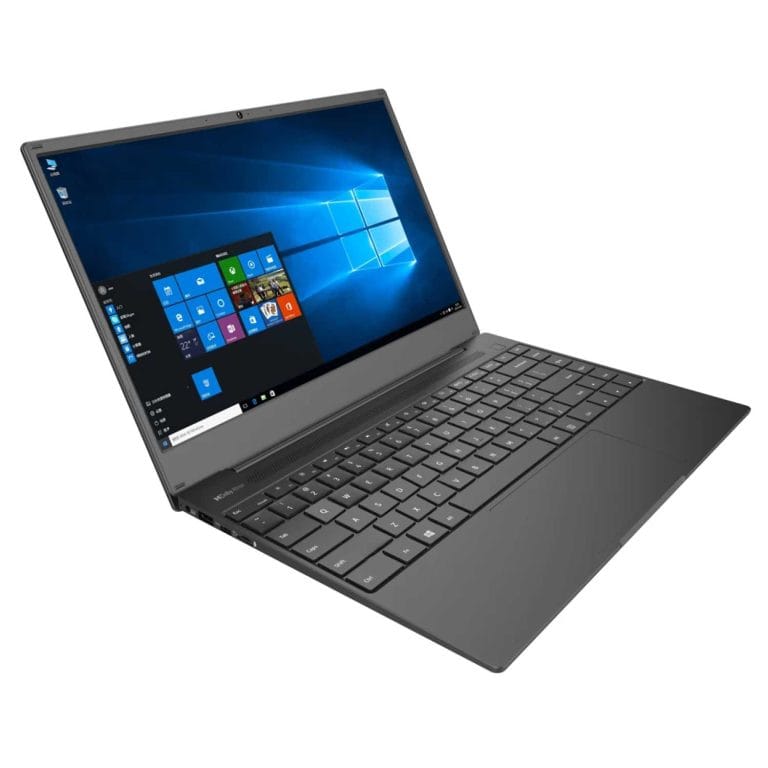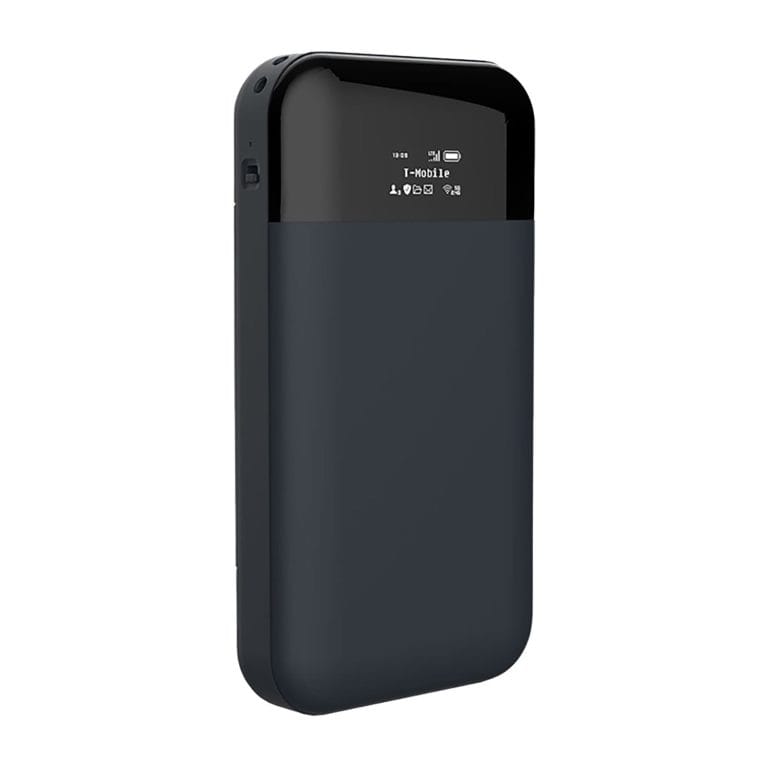Black friday sales 15% off - use coupon CRYPT15 ✦
Built by IT professionals ✦
Original Google devices only ✦
Secure global shipping available ✦
Shipped within 24-48 hours ✦
Crypto payments available ✦
Expert setup support included ✦
Black friday sales 15% off - use coupon CRYPT15 ✦
Built by IT professionals ✦
Original Google devices only ✦
Secure global shipping available ✦
Shipped within 24-48 hours ✦
Crypto payments available ✦
Expert setup support included ✦

